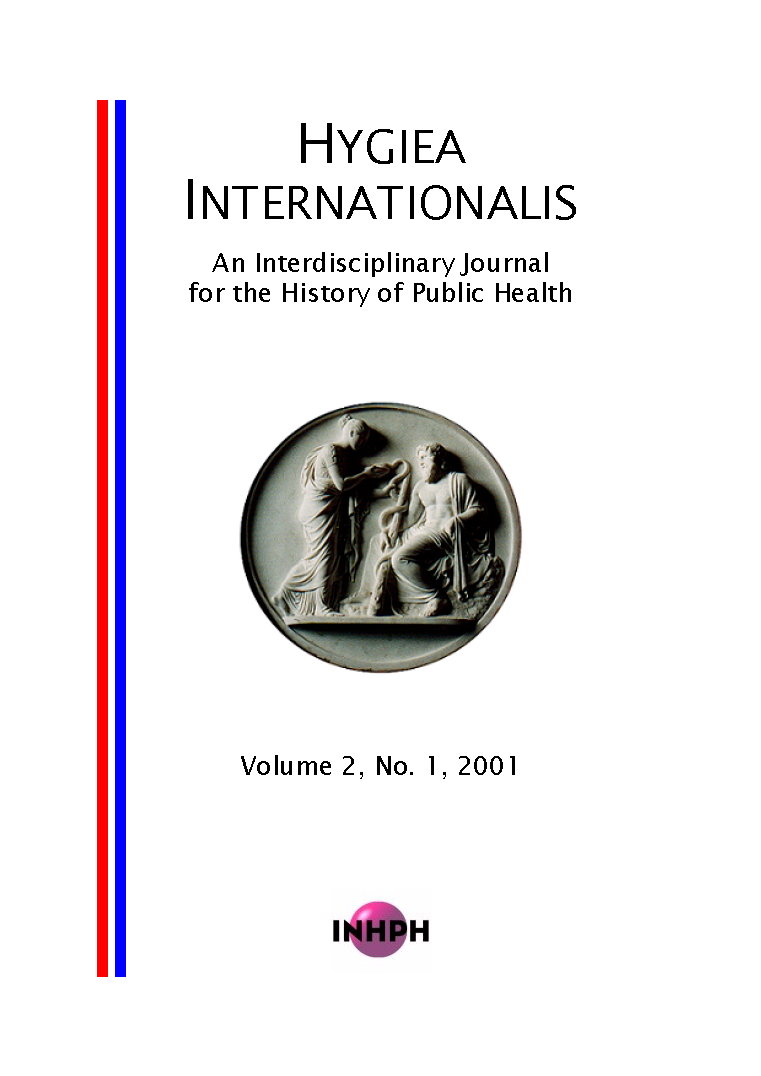The Impact of Alcohol Consumption on Excess Male Mortality in Nineteenth- and Early Twentieth-Century Sweden
DOI:
https://doi.org/10.3384/hygiea.1403-8668.012145Keywords:
Alcohol consumption, gender differential mortality, 19th century SwedenAbstract
The article discusses the importance of alcohol consumption for gender differences in mortality in 19th and early 20th century Sweden. Administrative measures, socio-economic and cultural factors affecting drinking habits will be tentatively discussed. The analyses corroborate the hypothesis of an alcohol boom during early 19th century. The cultural acceptance of drinking has been much more restricted for women than men. Periods of social transitions appear to have contributed to a climate stimulating excessive drinking, particularly among men. The study supports the idea that fluctuations in alcohol consumption had a considerable impact on excess male mortality among adults in mortality in nineteenth and early twentieth century Sweden. The results of the analyses further suggest that administrative measures affecting availability of alcohol have been effective in regulating consumption levels and consequently have affected excess male mortality.Downloads
Published
2001-06-08
How to Cite
Willner, S. (2001). The Impact of Alcohol Consumption on Excess Male Mortality in Nineteenth- and Early Twentieth-Century Sweden. Hygiea Internationalis: An Interdisciplinary Journal for the History of Public Health, 2(1), 45–70. https://doi.org/10.3384/hygiea.1403-8668.012145
Issue
Section
Articles
License
Copyright (c) 2001 the Author(s)

This work is licensed under a Creative Commons Attribution-NonCommercial 4.0 International License.






